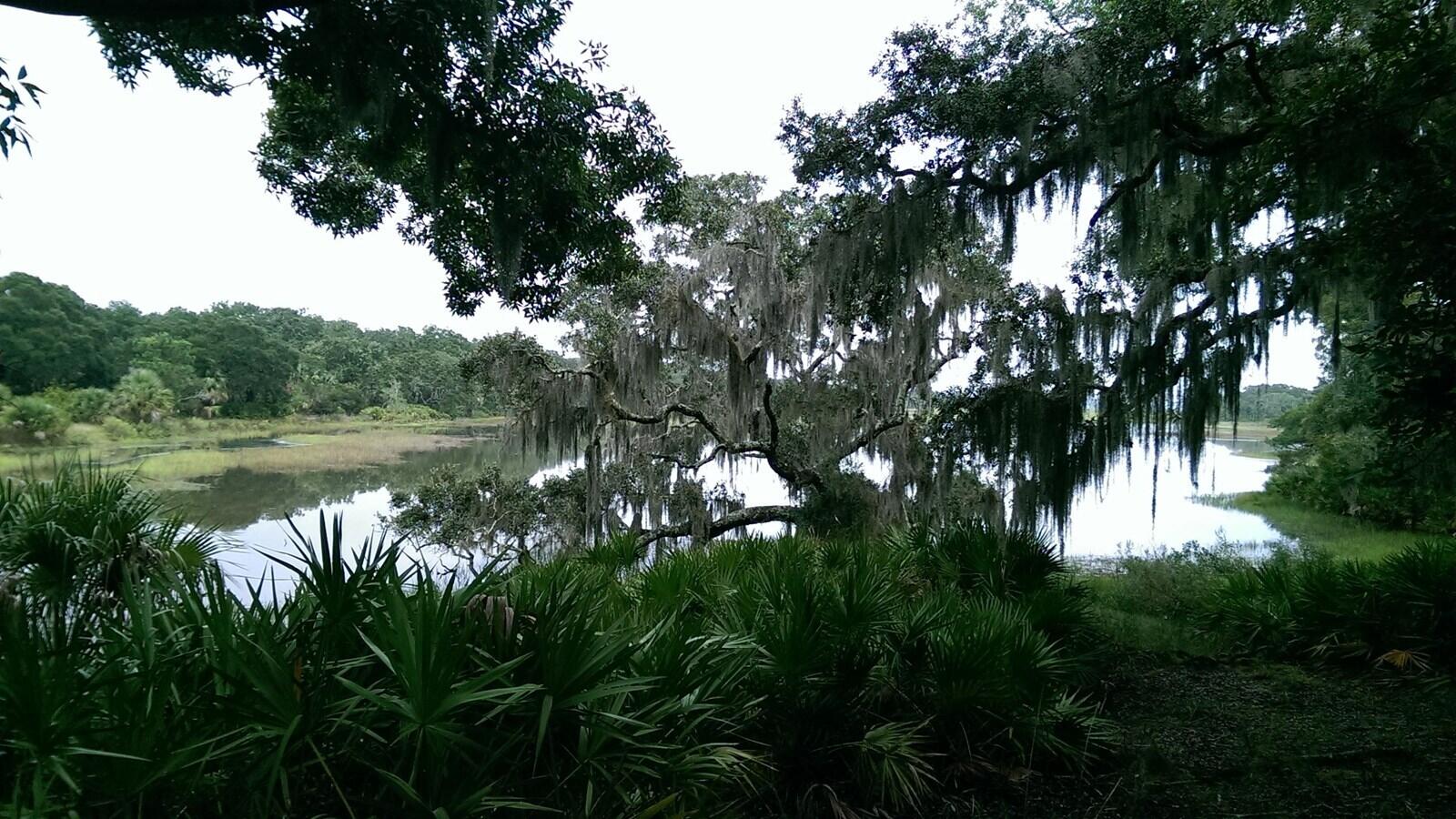Secrets Of Georgia’s St. Catherines Island Shell Mound Villages

Have you ever wondered what life was like for ancient communities? St. Catherines Island Shell Mound Villages in Georgia offer a fascinating glimpse into the past. These villages, built by Native Americans, are rich in history and culture. The shell mounds, or middens, are essentially ancient trash heaps filled with shells, bones, and pottery. They tell stories of daily life, diet, and traditions. Visiting these sites is like stepping back in time. You can almost hear the echoes of ancient conversations and feel the rhythm of their daily routines. Ready to explore this hidden gem? Let's dive into the secrets of these incredible villages.
Discovering the Mysteries of St. Catherines Island
St. Catherines Island, located off the coast of Georgia, is a treasure trove of history and culture. Among its many wonders are the ancient shell mound villages, which offer a glimpse into the lives of the Native American tribes who once called this island home. Let's explore some of the most fascinating shell mound villages on St. Catherines Island.
1. McQueen Shell Ring
The McQueen Shell Ring is one of the most well-preserved shell mound villages on the island. This circular formation of shells, bones, and artifacts dates back over 4,000 years. Archaeologists believe it was used for ceremonial purposes, as well as a gathering place for the community.
2. St. Catherines Shell Ring
Another significant site is the St. Catherines Shell Ring. This ancient structure provides valuable insights into the social and economic life of the island's early inhabitants. The ring's large size suggests it was a central hub for trade and social activities.
3. Wamassee Head Shell Ring
The Wamassee Head Shell Ring is smaller than the others but equally intriguing. It offers a unique perspective on the daily lives of the island's early residents. Excavations have uncovered tools, pottery, and other artifacts that shed light on their subsistence practices.
4. South End Mound
Located at the southern tip of the island, the South End Mound is a fascinating site. This mound is believed to have been a burial site, with numerous human remains discovered during excavations. The artifacts found here provide a glimpse into the spiritual beliefs and practices of the island's early inhabitants.
5. North End Mound
The North End Mound is another significant archaeological site on St. Catherines Island. This mound is thought to have been a residential area, with evidence of dwellings and domestic activities. The artifacts found here, including pottery and tools, offer valuable insights into the daily lives of the island's early residents.
6. Shell Bluff
Shell Bluff is a prominent feature on the island, offering stunning views of the surrounding landscape. This site is believed to have been a lookout point, providing strategic advantages for the island's inhabitants. The shell deposits found here suggest it was also a site for shellfish harvesting.
7. Cedar Point Shell Ring
Cedar Point Shell Ring is another fascinating site on St. Catherines Island. This ring is unique due to its location near a freshwater source, which would have been crucial for the island's early inhabitants. The artifacts found here indicate a rich and diverse diet, including fish, shellfish, and terrestrial animals.
8. Marshside Shell Ring
The Marshside Shell Ring is located near the island's marshlands, offering a unique perspective on the island's ecology. This site provides valuable information about the island's early inhabitants' relationship with their environment, including their use of natural resources for food and tools.
9. Spanish Mount
Spanish Mount is a significant archaeological site on St. Catherines Island, believed to have been a contact point between Native Americans and early European explorers. The artifacts found here, including European trade goods, provide a fascinating glimpse into the island's early history and the interactions between different cultures.
10. Sea Island Shell Ring
The Sea Island Shell Ring is one of the most remote and least explored sites on St. Catherines Island. This ring offers a unique opportunity for further archaeological research, with the potential to uncover new insights into the island's early inhabitants and their way of life.
The Legacy of St. Catherines Island
St. Catherines Island's shell mound villages offer a unique glimpse into the lives of ancient Native American communities. These mounds, rich in artifacts and history, reveal how these people adapted to their environment, thrived, and left a lasting impact on the region. Exploring these sites provides a deeper understanding of their culture, traditions, and innovations.
Visiting St. Catherines Island isn't just about seeing historical sites; it's about connecting with a past that shaped the present. The island's natural beauty, combined with its archaeological significance, makes it a must-visit for history enthusiasts and nature lovers alike. As you walk among the mounds, you can almost hear the echoes of the past, reminding us of the rich heritage that lies beneath our feet. This island is a testament to the enduring spirit of its ancient inhabitants.

